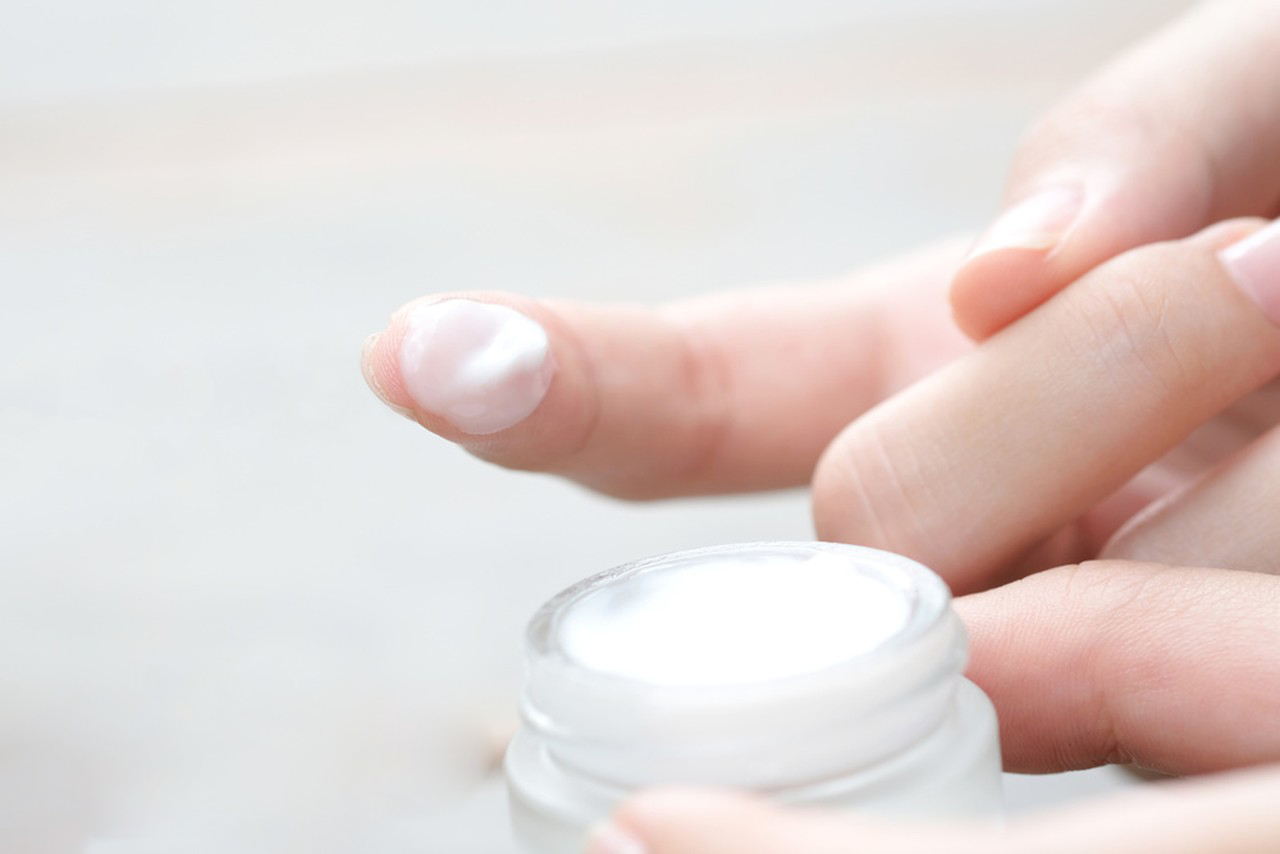Kojic acid is a natural compound that is often used in the cosmetic and pharmaceutical industries for its skin-lightening and antioxidant properties. It is derived from various fungi, particularly Aspergillus oryzae. Below, I will outline the typical materials and methods involved in the production and use of Kojic acid:
Materials of Kojic Acid:
1.Kojic Acid-Producing Organism: The primary source of Kojic acid is a strain of the fungus Aspergillus oryzae. This fungus is cultured and fermented to produce Kojic acid.
2.Substrate: Carbohydrate-rich substrates such as rice, wheat, or corn are often used as the growth medium for the fungus during fermentation. These substrates provide the necessary nutrients for the fungal growth and Kojic acid production.
3.Fermentation Equipment: Fermentation tanks or bioreactors are used to cultivate the fungus under controlled conditions, including temperature, pH, and aeration.
4.Solvents and Reagents: Various solvents and reagents may be used during the extraction and purification processes, depending on the specific application of Kojic acid.

Methods of Kojic Acid:
1.Fermentation:
- The selected strain of Aspergillus oryzae is inoculated into the growth medium (substrate) in a controlled environment.
- The fermentation process typically takes several days to weeks, during which the fungus grows and produces Kojic acid as a metabolic byproduct.
- The pH, temperature, and aeration are carefully controlled to optimize Kojic acid production.
2.Extraction:
- After fermentation, the culture broth is harvested, and the Kojic acid is extracted from it.
- Various methods can be used for extraction, including filtration, centrifugation, and solvent extraction.
- Solvents like ethyl acetate or methanol are often used to dissolve and isolate Kojic acid.
3.Purification:
- The extracted Kojic acid may contain impurities from the fermentation process. To obtain pure Kojic acid, further purification steps are necessary.
- Common purification techniques include crystallization, chromatography, and recrystallization.
4.Formulation:
- Once purified, Kojic acid can be formulated into various products such as creams, lotions, soaps, or serums for cosmetic or pharmaceutical use.
- It may be combined with other active ingredients to enhance its effectiveness or stability in the final product.
5.Application:
- Kojic acid is used topically on the skin as a skin-lightening agent to reduce the appearance of dark spots, melasma, and hyperpigmentation.
- Proper application instructions and precautions should be followed, as excessive use can lead to skin irritation.
It’s important to note that the production and use of Kojic acid should comply with relevant regulations and quality standards, especially when used in cosmetics and pharmaceuticals, to ensure safety and efficacy. Additionally, specific production methods and materials may vary among manufacturers and applications.
